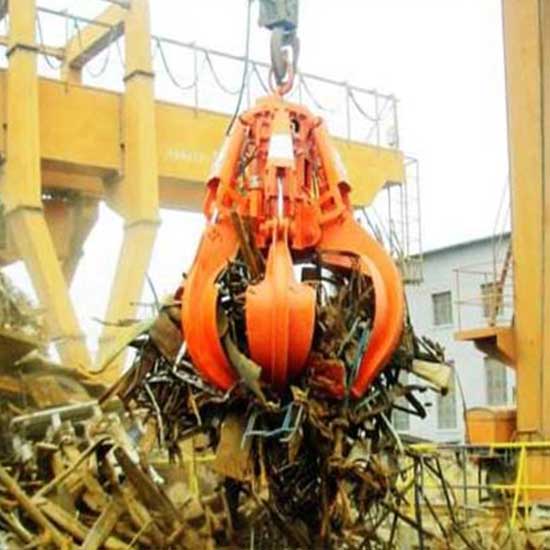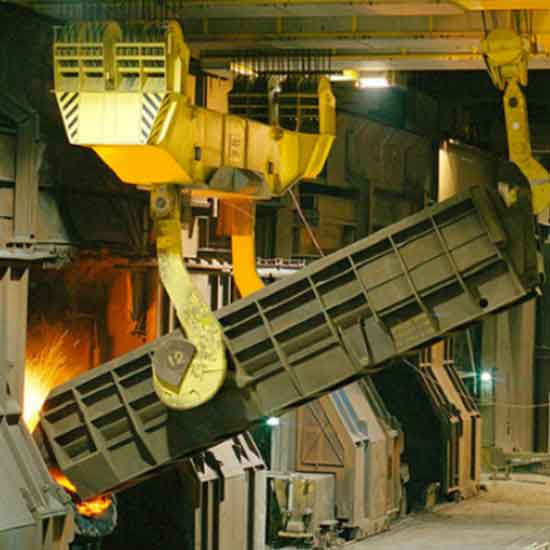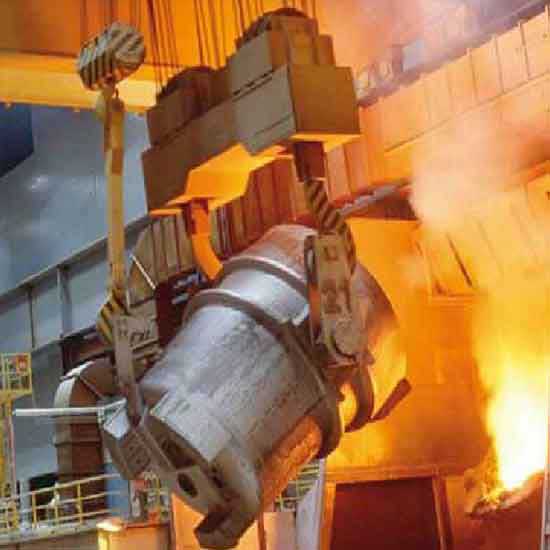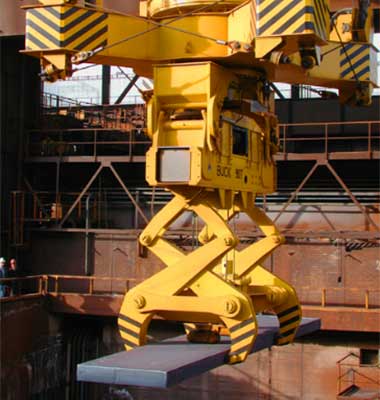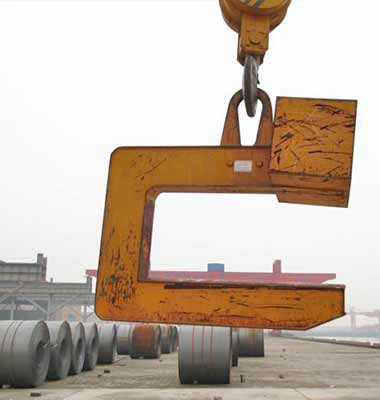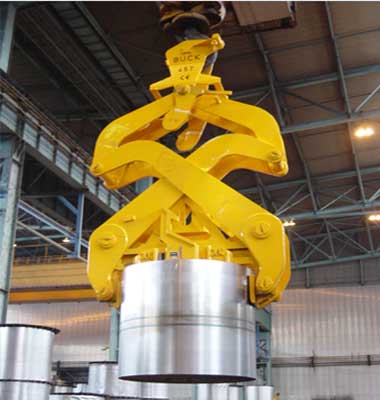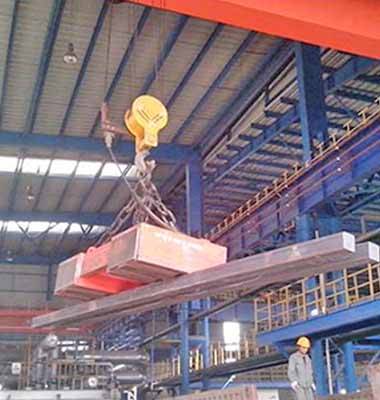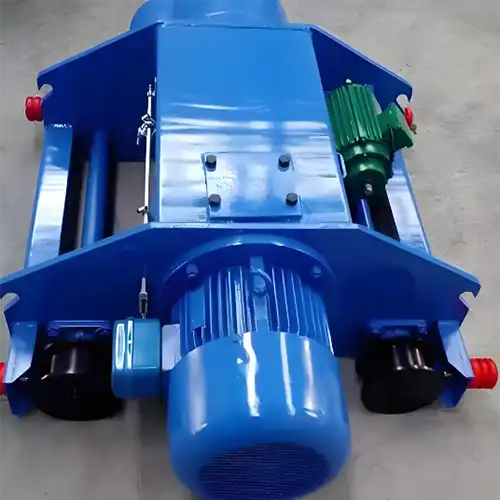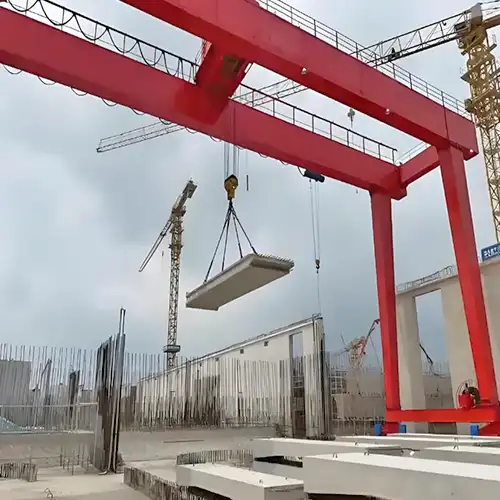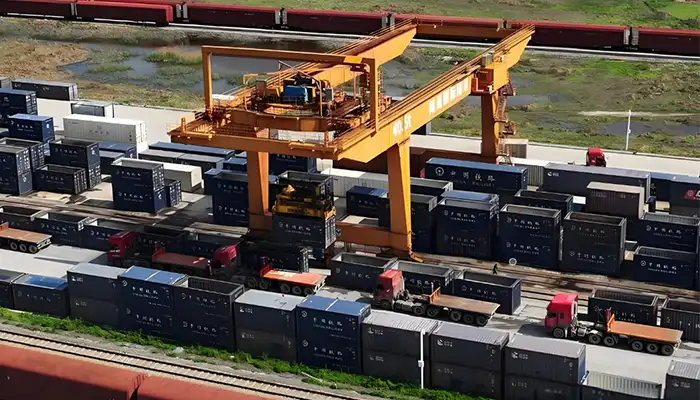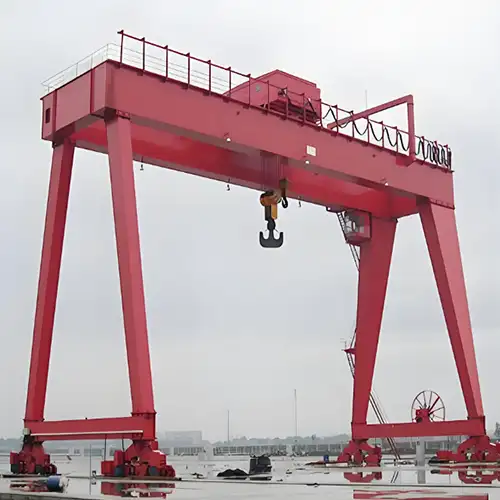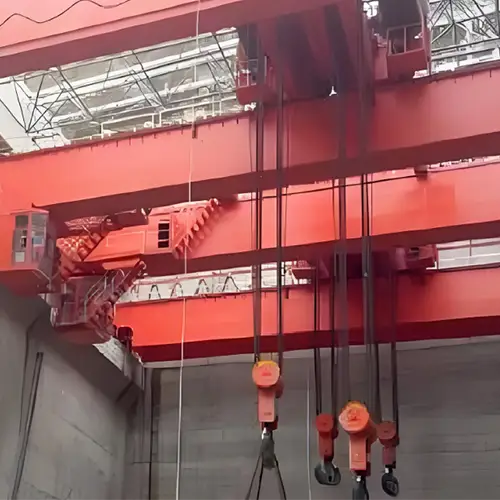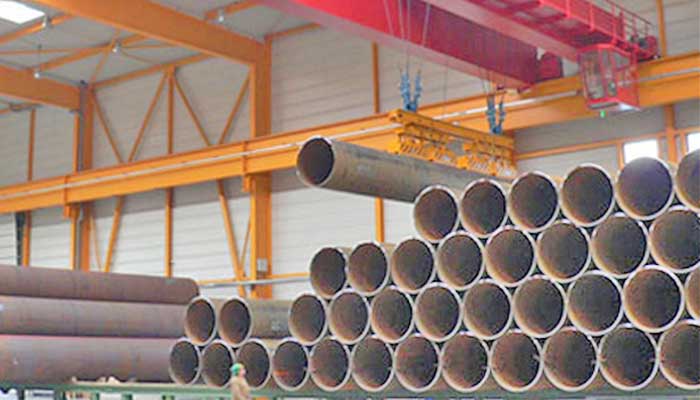
How to Improve Steel Plant Safety with Automation ?
Steel plant automation to improve steel mill safety. Automatic overhead crane for steel mill plant to improve your safety. Check types of automatic overhead steel mill cranes now.
Worker safety has always been a top priority for employers in the manufacturing business. Manufacturers are currently creating equipment that gives the worried user with safety and peace of mind. Manufacturing jobs, on the other hand, are highly risky. Job injuries were fairly widespread and on the rise throughout that time, according to the reports. Even a century ago, workers would go through the motions of doing all the dangerous activities over and over again for hours on end. Accidents and mistakes claimed the lives of these tired workers. Many people were permanently injured as a result of these incidents.
In recent years, there has been a significant increase in the demand for labor. However, with all of the danger and uncertainty, no one applies for manufacturing jobs. Workers were formerly forced to perform everything by hand, including bending and welding wire. However, with technological advancements, safety in the production process may now be seen.
Industrial automation in the steel plant
In any Steel manufacturing facility, the safety of both the equipment and the workers is paramount. The production unit, for example, works with cranes that transport tens of thousands of kilograms of scrap steel at extremely high temperatures. As a result, proper safety must be established before using the equipment. Furthermore, the automated system can ensure safety.
Types of full & semi automatic steel mill cranes for steel processing & handling
Various types of industrial cranes, including EAF charging crane, ladle crane, forging crane, finished product handling overhead travelling cranes & scrap crane and other process cranes, are widely used for steel, iron, aluminum and copper processing industry for material handling in the process of raw materials handling, machining, fabricating, shaping and finished products handling, transportation and storage, etc.
Technologies involved in industrial automation
One of the most effective ways to include safety in steel factories is through automation. The automation process in the Steel plant can give the user with precise positioning capabilities thanks to operational technology and information system convergence. The system's built-in safety feature, as well as the system's repetitive motion, protect the operator from injury and the equipment from damage. Furthermore, industrial automation in the Steel Plant can improve the whole system's diagnostics and analytics. As a result, it assists the operator in simplifying equipment troubleshooting, operation, and maintenance.
The potential to learn from steel plants is one of the most effective components of automation. Any advanced automated system would allow users to become acquainted with and learn from the technology. This can be accomplished by logging events that occur as a result of the automation system's actions. For example, the operator would be aware of the machine's start and stop times, as well as any malfunctions. It assists the user in learning about the system and allows the operator to determine whether or not there is room for improvement. In a nutshell, it elucidates the operator's behavior.Trainers, managers, and even operators can look over the data from the automated system to see if there are any training opportunities to increase the user's efficiency and safety.
The technologies involved in the automated steel plant are stated below.
- No-fly zone technology: This technology serves to reduce the likelihood of a crash occurring. It improves both the employees and the equipment's safety. The no-fly zone technology allows the operator to designate a certain region as the host of activities, restricting crane operation completely or partially. The system can be extremely complicated or quite simple. Depending on this, any current or new crane controls in the steel manufacturing mill can be implemented.
- Snag-prevention technology and side pull-off-centre pick. This technology can be used to ensure that loads are safely raised during the production process. Employees are not in danger from swinging loads. However, it can be hazardous to the equipment since it causes damage that necessitates unplanned downtime and expensive repairs. However, owing to technological advancements! Any side pull, load misalignment, or other abnormal condition can be detected. It offers the operator with numerous auditory or visual warnings before to the occurrence of any harmful situation in such circumstances. Furthermore, the preventive feature allows the operator to request situation correction prior to every lift.
- Automated diagnostic technology: This technology makes programming, troubleshooting, maintenance, and monitoring of the complete system, from the gearbox to the controls, simple and quick. Furthermore, enhanced diagnostics gives the user crucial information about the equipment's status, placement, and motion, as well as the energy consumed to keep the items and system running safely and effectively. Whether a human-machine interface or a tablet and laptop are used to manage the equipment, automated technology can give the user access to any information about the equipment 24 hours a day, seven days a week. As a result, concerns may be addressed more quickly, and safety can be ensured while uptime is increased.
Conclusion
The safety of workers may increase if suitable investments are made in production automation. Companies can create a variety of items with little or no error by transitioning to an automated manufacturing method. The company can be more productive with a higher level of precision.
When the machine does the majority of the labor, the workers do not experience the same level of fatigue as they did earlier. Workers also have little idea how to handle potentially harmful equipment, such as sharp pieces. With the advent of automation, worker safety has become a top priority. Production automation and safety expertise are usually combined in most manufacturing units, resulting in a safer manufacturing job.
One can keep themselves more educated and safe by including proper safety into the equipment process and system that the operator will be utilizing. It also aids the operator in comprehending what occurs during the various stages of the process.
